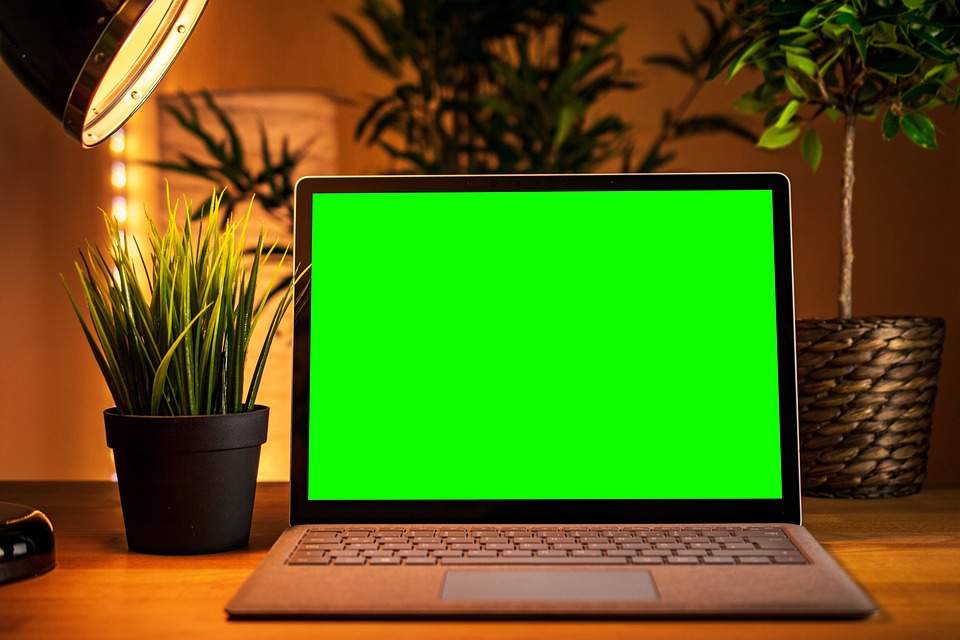Title: Screen Mastery: Defining Boundaries in the Digital Space
Introduction
In the vast, ever-evolving expanse of the digital space, mastery of screen-based mediums has become a vital skill. As technology propels itself into every aspect of our daily life, the need to establish boundaries and find balance in our interaction with screens is more crucial than ever. The term “Screen Mastery” has emerged as an essential way to describe the art of effectively using and managing digital interfaces, from smartphones to tablets, laptops to desktops – all while keeping our well-being in the forefront. This article will explore what Screen Mastery entails, the importance of setting boundaries in the digital space, and how we can employ it for optimal online and offline experiences.
Understanding Screen Mastery
Screen Mastery is less about blind consumption and more about mindful interaction with digital screens. It encompasses the following facets:
– Effective time management
– Mindfulness when engaging with digital content
– The discipline to disconnect when necessary
– The ability to distinguish between essential and non-essential screen usage
– Taking control over the habitual use of screens
The Crucial Role of Boundaries
Our lives have increasingly become entwined with screens. From work to social engagements, entertainment to education, screens are ever-present. By setting boundaries, we learn to regulate our screen time, choosing quality over quantity. This not only prevents information overload but also encourages healthier interactions both with the digital world and our physical surroundings. These boundaries can be based on time, content, or both.
For instance, a person might decide to allocate specific hours in a day for uninterrupted family time, foregoing digital gadgets to foster better personal connections. On the flip side, they may designate certain periods of the day solely for work-related screen time, ensuring a healthier work-life balance.
How to Achieve Screen Mastery
Here are some helpful tips for those aiming for Screen Mastery:
1. Establish Screen-Free Zones
Deciding specific areas, like bedrooms, dining areas, and sidewalks, to be designated as Screen-Free Zones can help create an environment that encourages genuine human interaction and greater presence in the moment.
2. Use Technology Intentionally
Evaluate your digital consumption, opting for apps and platforms that bring value to your life and spending time on platforms that add to your well-being.
3. Schedule Your Day
Allocate slots for necessary digital interactions, ensuring that you establish a solid personal and professional balance.
4. Embrace Nostalgic Tech
Alternate between tech-laden activities and traditional, screen-free hobbies – such as reading a book or exploring a new recipe.
5. Set Instagram Speed, Pause, and Throttle
Control how fast Instagram scrolls, pause notifications, and decide how often you check email to reduce screen time and increase focus on the present.
FAQs
Q: What’s the primary benefit of practicing Screen Mastery?
A: Screen Mastery fosters a healthier relationship with digital devices, improving mental health, and personal productivity.
Q: How can I begin establishing Screen Mastery in my life?
A: Begin by setting small, manageable goals like designating screen-free times or areas in your everyday life and see how it improves your overall well-being.
Q: Isn’t Screen Mastery a little extreme?
A: Not at all. Balancing our interactions with digital technology is essential in today’s hyper-connected world to maintain our mental and physical health.
Q: How does Screen Mastery relate to productivity?
A: By setting boundaries in the digital space, you free up time for other pursuits, ultimately leading to better productivity in delegated tasks and improved focus.
Taking Control of the Screen Experience
In summary, Screen Mastery is the art of balancing our relationship with technology. It provides a well-rounded perspective on screen usage, ensuring that we, as digital beings, don’t lose ourselves online. With a myriad of digital distractions available at our fingertips, modifying our behaviors to master our screen time is becoming more critical than ever before.
[Image: Personalizing Your Digital Experience – A call-to-action image with a screen crunched by books, sketches, and sporting equipment.]
Conclusively, Screen Mastery equips us with the necessary tools to navigate the digital space with meaning. By setting boundaries, we actively mold our online experiences to serve our well-being, rather than the other way around. As tech giants continue to merge our lives and screens, Screen Mastery plays a pivotal role in maintaining our sense of self and promoting genuine relationships with those around us – both online and offline.
*Please note the generated image mentioned above cannot be displayed here, but one could visualize a balance between the digital and personal world enhancing our life experiences.
References:
Digital Life 2019. (2021). Screen Mastery: The Art of Balancing Our Lives. The New York Times. https://www.nytimes.com/2021/06/29
Image Scheduling (2021). Control Your Pace. Retrieved from https://www.instagr.am/scheduling-tips/
Newsweek Staff (2019). The Potential Health Benefits of a 2-Day Weekend. Newsweek. https://www.newsweek.com/scientists-study-found-possible-health-benefits-with-2-day-weekend
AI in the News (2021). Five Ways You’re (Likely) Lying to Yourself. Harvard Business Review. Retrieved from https://hbr.org/2021/09/five-ways-youre-lying-to-yourself
Google Digital Wellbeing (2020). Why Digital Wellbeing Matters & What You Can Do About It. Retrieved from https://support.google.com/digitalwellbeing/answer/9165602?hl=en-US&visit_id=7ab332f5d8316097cde04c9b2338fd01
Digital Wellness. (2020). Digital Wellbeing – Resources. Retrieved from https://digitalwellbeing.google.com/



